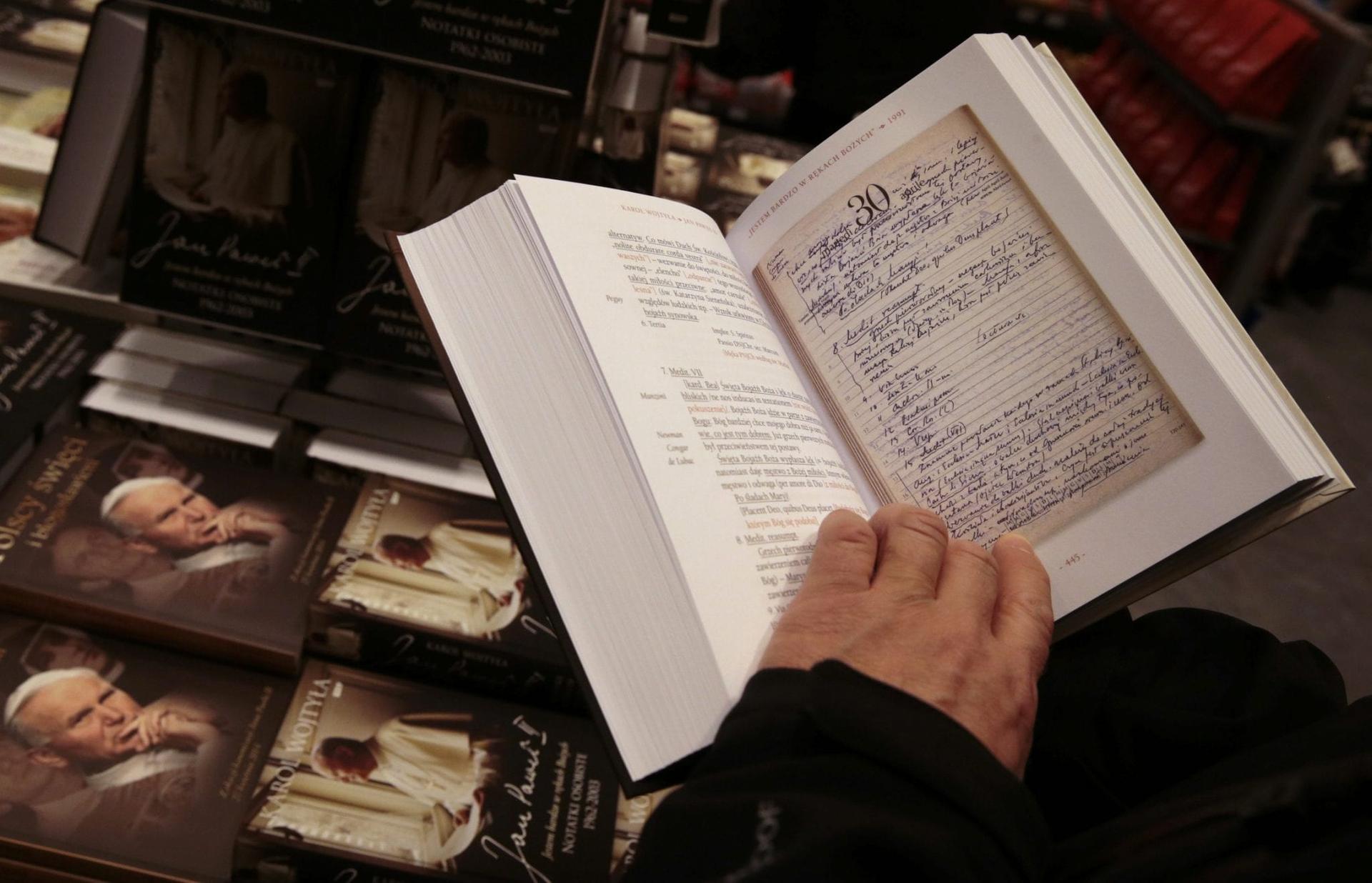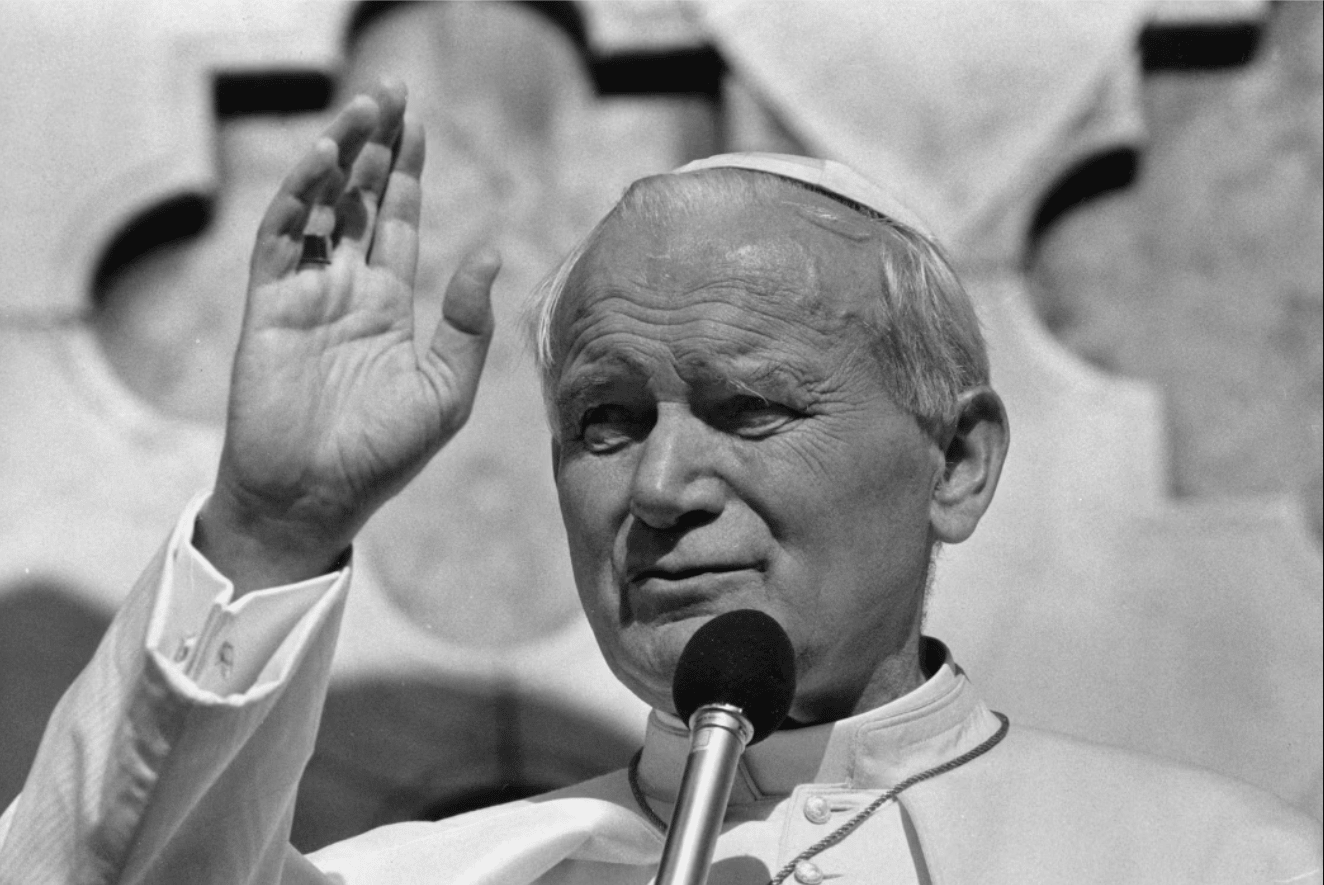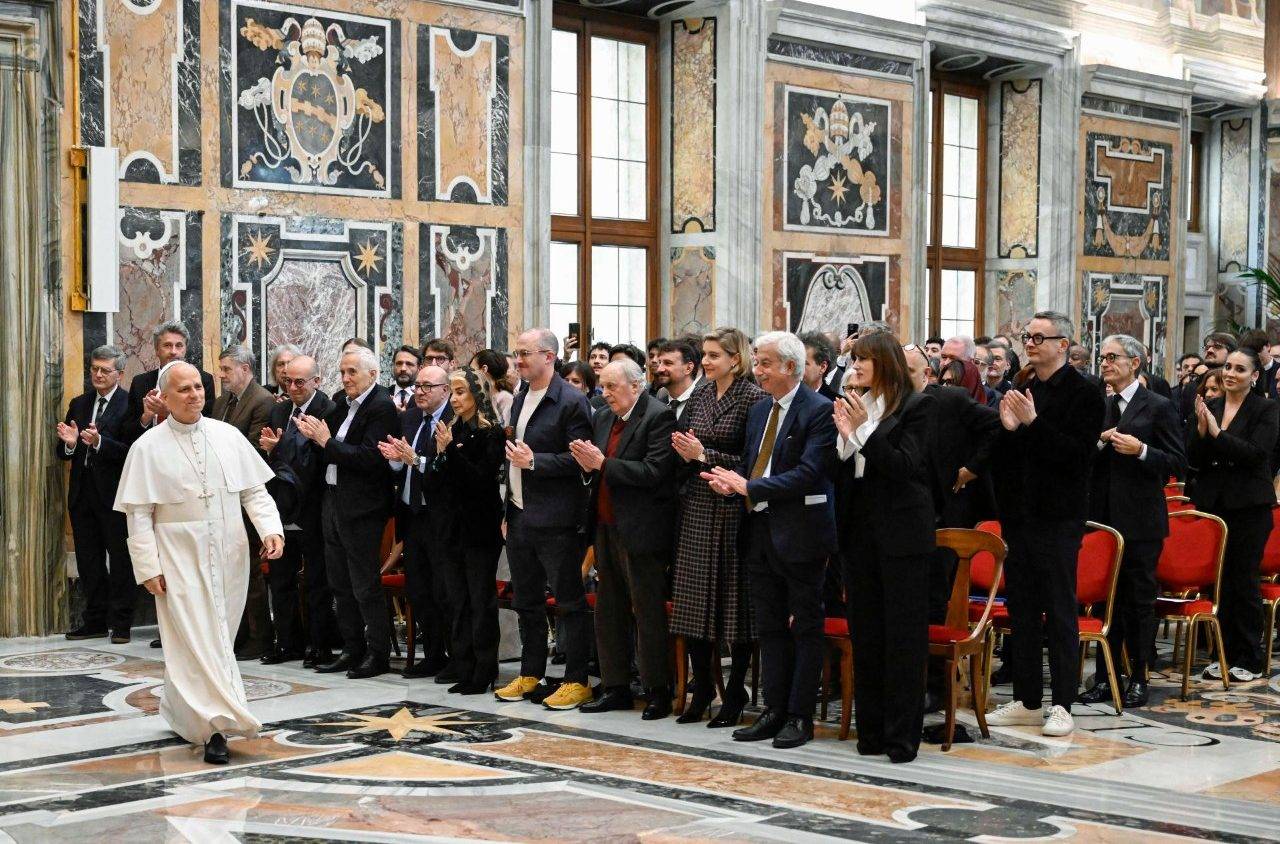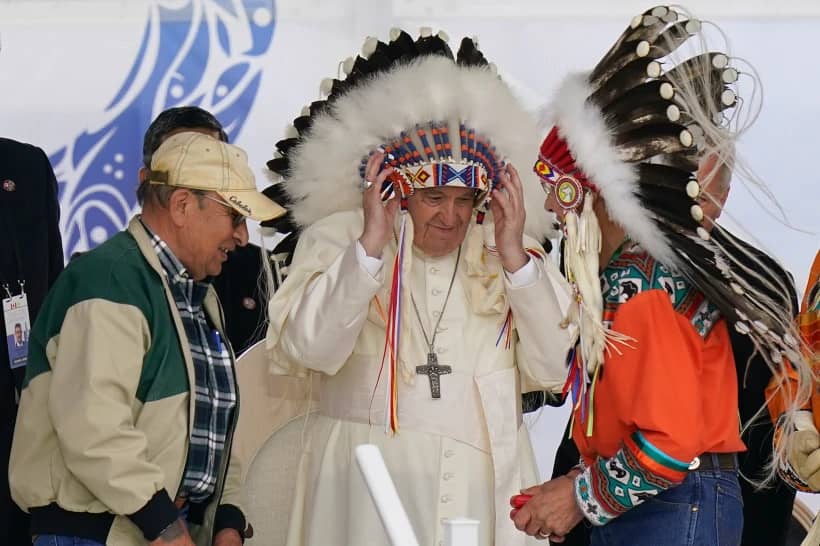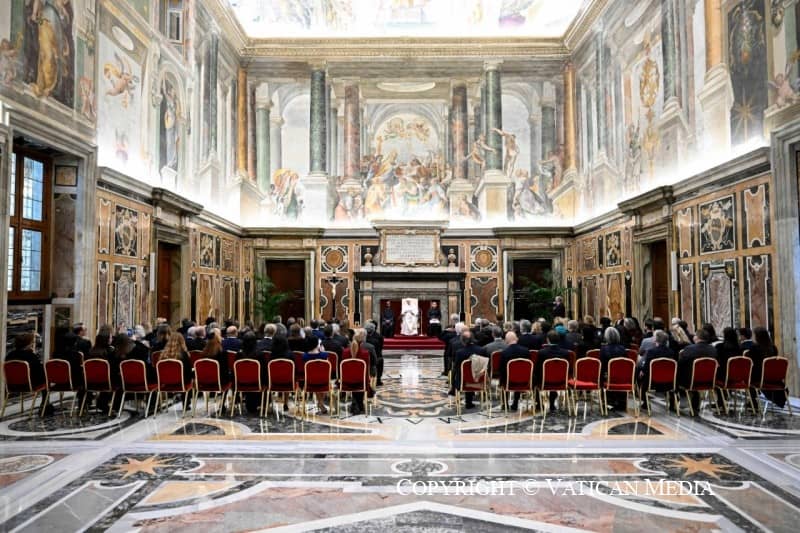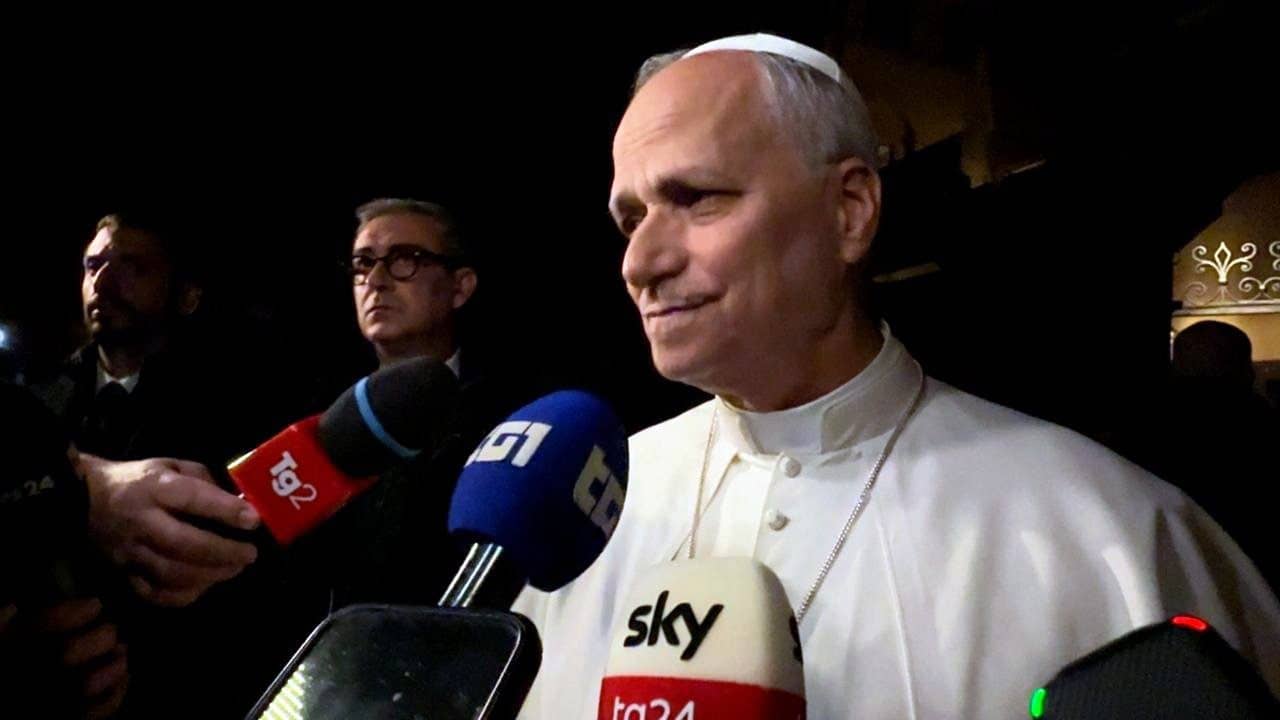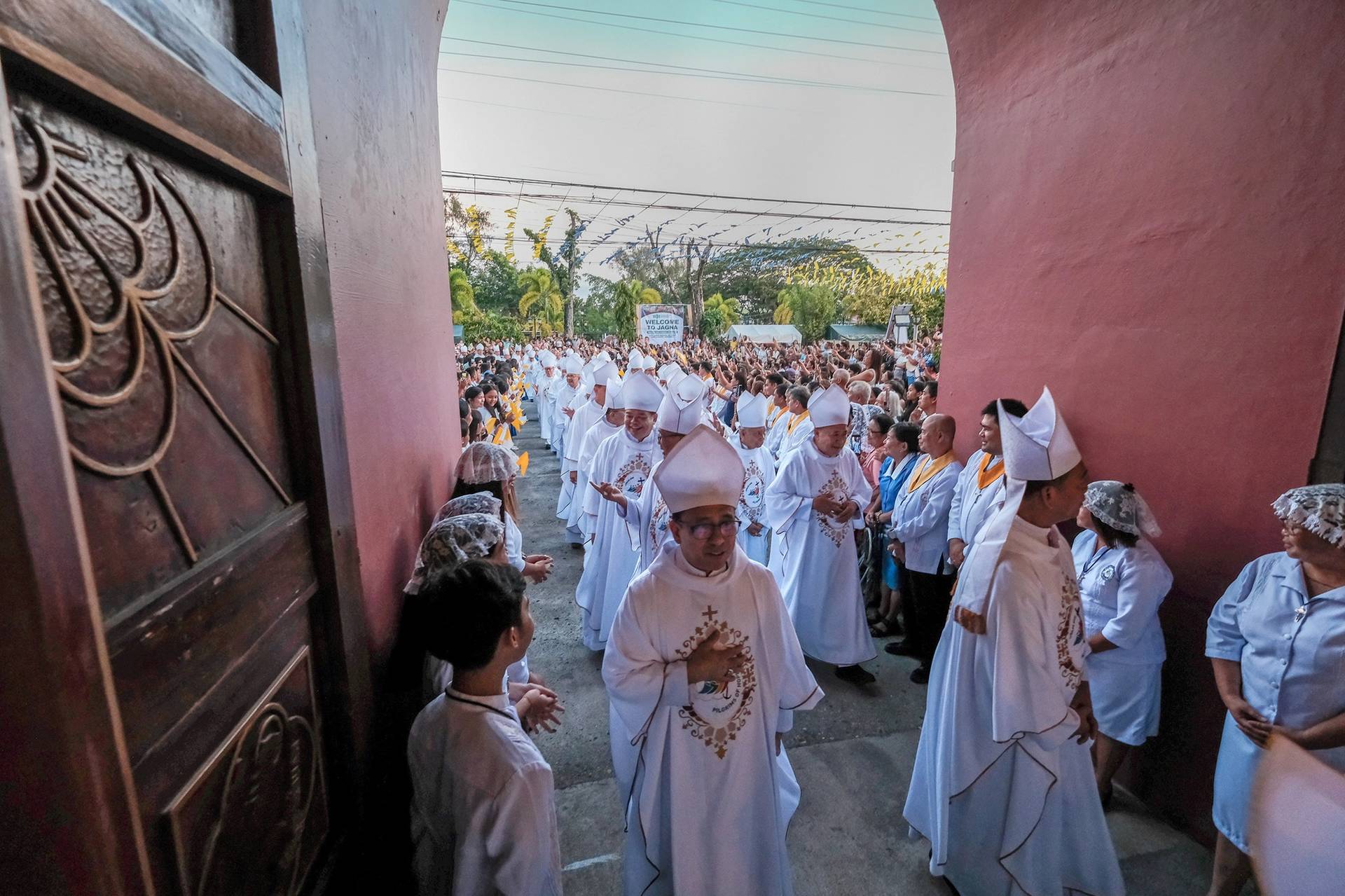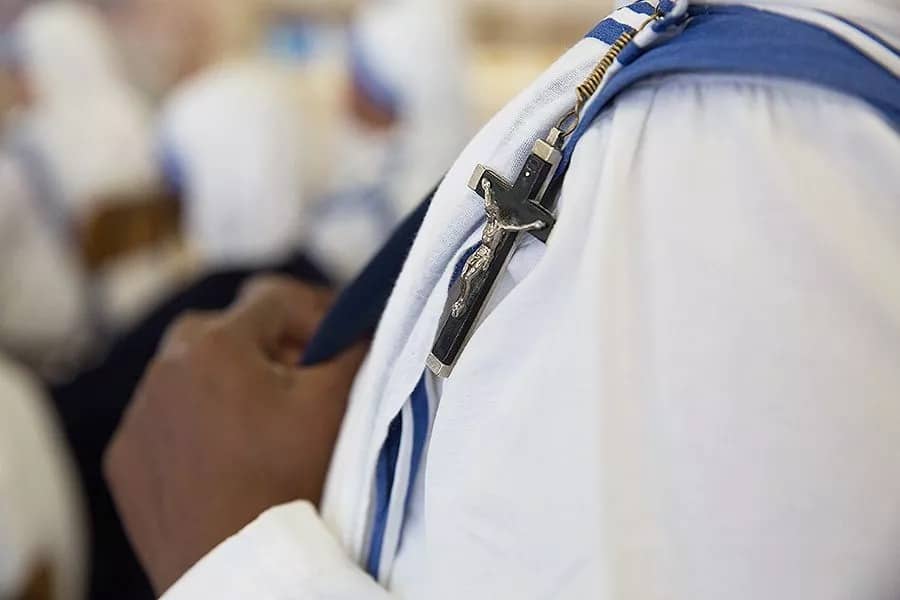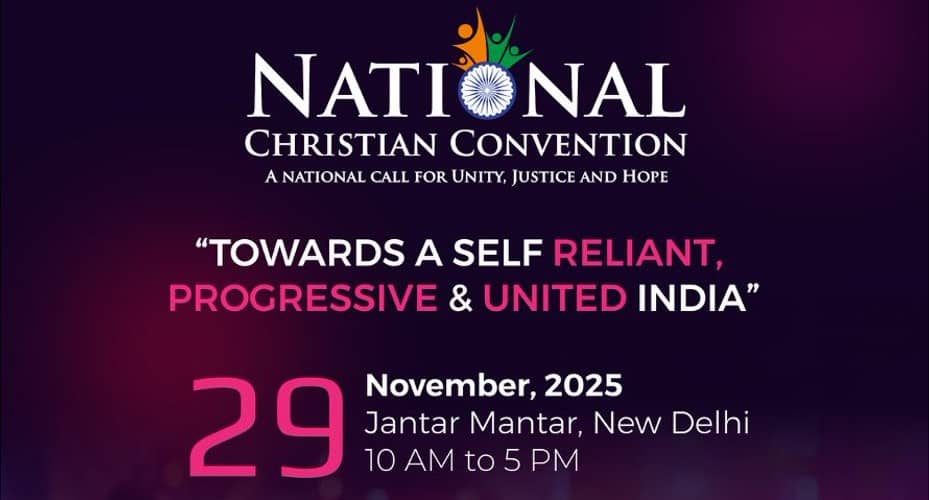[Editor’s Note: This is part two of a compilation of Crux staff book picks from the past year. While the titles we recommend aren’t all Church related, nor necessarily even new, we thought it would be fun to give you a glimpse behind the curtain as to what prose we’re reading when we’re not busy penning it ourselves.]
Claire Giangravè, editorial assistant
Plato at the Googleplex: Why philosophy won’t go away by Rebecca Newberger
Why is it that scientific discovery seems to be on an ever increasing upward slide, with new finds and discoveries almost every day at an unwavering pace, while philosophy appears to struggle to show any actual progression? In the 2014 book Plato at the Googleplex, American philosopher and author Rebecca Newberger Goldstein pens a strong defense for this ancient discipline by immersing it deep within today’s society and culture.
The starting assumption in the book is that while mathematics and science have progressed so much that the ancient Greek mathematician Pythagoras for example would not be able to keep up with a modern conversation among experts on the subject, if Plato waltzed into a room of contemporary philosophers he could easily take part in the debate, and even contribute with new observations.
Goldstein successfully catapults Plato into today’s world, first at the Google headquarters where he quickly acquires a keen interest in ‘googling,’ followed by other encounters and experiences including cable news appearances and an M.R.I. scan. Ancient Greece’s ‘man of dialogue’ comes to the Unites States in full force carrying with him the bountiful and ever enriching power of philosophy, which Goldstein manages to prove remains as relevant today as ever.
The Girls by Emma Cline
So many things have happened in 2017 that some of them have slid under the radar, overshadowed by the year’s generous amount of drama, tragedy and entertainment. The death of Charles Manson in November, possibly one of the most notorious mass murderers of all time and someone who exercised an undeniable influence on pop culture and society, was one such event. In her 2016 debut novel, Emma Cline captures with superb writing and unique sensitivity a striking account of Manson and his followers, always managing to convey the nightmarish brutality and manipulative allure of the cult leader.
The book, set in 1969, uses different names from the original, making the reader delve deeper into a story that carefully addresses the issues faced by young women and the corruption of innocence. The protagonist Evie Boyd is a 14-year-old girl, in many ways wise beyond her years, who wishing to escape the suffocating banality of her life in the suburbs becomes enveloped in the free and libertine life of Manson’s female followers.
Cline places her intelligent gaze over events that have been told and retold too many times to count, while still offering a new perspective and intuition that extrapolates the tale from its gruesome crimes and elevates it into an insightful account of youth, evil and society.
Austen Ivereigh, contributing editor
For sheer dazzling brilliance and a canvas that takes in no less than the past and future of humanity itself, I have to go with Yuval Noah Harari’s epic Homo Sapiens and its disturbing sequel, Homo Deus (both Random House). The Israeli historian leaves no stone unturned in his rollicking account of the human species in all its genius and its arrogance, its glory and its recklessness. But while the viewpoint is, in its way, divine — seeing us, as it were, from far above — Harari’s own stance is deeply atheistic and scientistic: it celebrates the very technocracy that is sundering our relationship with our Creator, and foresees a future of possibility, ethical as well as material, that spurns all limits.
Although he doesn’t realize it, Harari’s diptych shows why Romano Guardini’s technocratic paradigm — which Pope Francis draws on in Laudato Si’ — is simply the great challenge of our time. Guardini in 1950 foresaw humanity lusting to usurp God, breaking free from all moral restraint. Harari’s two tomes show this prophecy now coming to pass. Read it, enjoy it. And tremble.
Talking of Pope Francis, three books on him stand out for me this year as vital background to understanding his papacy. The first is by a Venezuelan layman, Rafael Luciani, who teaches at Boston College. His Pope Francis and the Theology of the People, which I read originally in Spanish but is recently out in an excellent translation by Philip Berryman, is a knowledgeable and insightful review of the theological currents flowing from the River Plate into the Tiber, and shows why Latin America is now the “source” for the universal Church.
A less academic text is by Alexandre Awi Mello, a young Brazilian priest-theologian who recently took up his post as number two in Cardinal Kevin Farrell’s Dicastery for Laity, Family and Life in Rome. I have his book, Maria é Minha Mãe: Encontros do Papa Francisco con Nossa Senhora (Ed. Lucerna) in its original Portuguese, although it is also out in Spanish and German. It is a personal and quirky text, the fruit of time spent with the pope in Rome discussing his Marian devotion, supplemented by personal flashbacks to moments when the two worked together: at the Aparecida conference in 2007 and when Awi acted as Francis’s translator in Rio de Janeiro in July 2013.
The title, which translates as Mary is My Mother: Pope Francis’s Encounters with Our Lady, sounds pietistic, but it really isn’t. Full of fascinating stories and insights, it is the closest we’ve yet come to a Francis spiritual-pastoral journal, revealing the pope at his most intimate and prayerful, a pastor deeply plugged into ordinary folk’s living experience of the divine in their lives. Perhaps only another Latin-American pastor could have penned such an original and revealing text.
Meanwhile, news just in: my plea that Massimo Borghesi’s Jorge Mario Bergoglio: Una biografia intellettuale: Dialecta e Mistica (Jaca Book) be translated has been answered: Liturgical Press, Collegeville, will be publishing it next year. I have already waxed about the book, so far only in Italian, on these pages: for depth, scope and authoritative insight into the authors that have shaped Jorge Mario Bergoglio — from the French Jesuits of the 1950s to Romano Guardini to Hans Urs Von Balthasar, via Latin-American visionaries such as Alberto Methol Ferré, Lucio Gera and Amelia Podetti — this is intellectual map-making of the highest order. As an expert in Guardini, Professor Borghesi is one of the few people who can explain, with the clarity and patience of a university professor accustomed to sharing big ideas with young people, how the concept of dynamic polarities has shaped Francis’s thinking.
The pope helped him with it, supplying tape-recorded answers to his questions, and is said to be very pleased with the result. As he should be: Borghesi makes you realize there was a huge gaping hole in our pope knowledge crying out to be filled. Here is Francis at his most creative and dynamic, while being also deeply rooted in some of the finest Catholic thinking of the twentieth-century. If you want to know not just what Francis thinks but how he thinks, this is the book you’ll need.
Shannon Levitt, associate editor and business manager
The Sun is Also a Star by Nicola Yoon, is a young adult novel that starts with a 17-year-old Jamaican girl, Natasha, who is desperately still trying to find a way to stay in the U.S. even on the day she and all her family are being deported. By chance, she meets Daniel, a 17-year-old Korean-American who is on his way to a Yale interview his parents have forced on him.
Both are having intensely stressful days for different reasons, but their fateful meeting leads to a series of meaningful and witty conversations and exchanges that lead them to know they have each met their perfect partner on the worst possible day.
I happen to love young adult novels, good ones anyway, and this really grabbed me. One of the things about this genre is that teenagers feel a certain sense of urgency and intensity about their lives that adults have forgotten. Everything is the end of the world for them. Daniel and Natasha’s conversations are very well-written and heartfelt. The fact that the drama unfolds in one day also adds to the intensity. You definitely are rooting for them, and while Daniel’s problems are more familiar for many Americans, Natasha’s attempts at dealing with immigration lawyers and officialdom really brings home to the reader the high stakes of what can seem an abstract though timely issue.
The Unbanking of America by Lisa Servon is a surprising account of how banks have failed a wide swath of the American public and the creative ways people deal with their money and businesses. Servon is intrigued by things like payday lenders and why so many people would pay their high prices instead of getting regular bank accounts, so in a hands-on yet academic experiment she goes to work for a few and finds out for herself how their customers justify their decisions.
I heard about this book in an NPR interview with Servon, and I ran out to read it immediately, because I had thought for some time that payday lenders and their ilk were all predatory and had nothing good to offer. However, to my surprise, as well as Servon’s, many people who use their services absolutely know what they’re doing and are doing it for practical and logical reasons. Not all payday lenders are the same, and some of these businesses were started by people who also had to be financially creative themselves.
Banks are certainly useful to people who have long and well established credit and enough money not to feel the pain of the many fees they charge for all sorts of services. But for too many people they are not useful and not easy to get even when people try to open accounts at established banks. The book definitely gives you a new perspective on how many ordinary people have to make financial services work for them any way they can.
Gary Younge’s Another Day in the Death of America is an attempt by a British journalist living in the U.S. to bring the reality of gun deaths to a wide audience that has grown numb to the numbers. Younge selects a random day and then attempts to find and investigate every young person who died of gun violence in a 24-hour period. He only investigates the deaths of people under 20. It’s a difficult task since counties report these crimes differently, and most of them barely make a blip in the local news. He was able to document ten different cases but can’t be sure that he didn’t miss some. He tried to talk to all the families and friends of the victims to tell their stories more fully, but there were a couple of cases in which he could find almost nothing and nobody wanted to talk. Most people did want to talk to him though, because they wanted people to know what had happened to their children.
He weaves in analysis of the history of the U.S. in terms of slavery and race and socioeconomic factors. He also discusses groups like the NRA that have influence over the gun debate in the country. He points out the economic and societal disadvantages of many of the victims. But he does not judge these children, and brings to light how easily gun violence could happen to any child, and any adult for that matter, in the U.S.
It’s a book I happened to pick up at the library one day from the new arrivals shelf, and I wasn’t sure I wanted to read it given that I try not to think too much about gun violence as it is just too depressing. I found it a riveting read however, and can’t stop recommending it to people. It is very well written, and he really brings the victims to life and insists that this issue is not something we can hide from. Obviously, 2017 has been a year full of frightening mass shootings, but even they disappeared from the headlines too quickly. Younge reminds us that every single day in our country kids, as well as adults, are killed by guns, and it’s something we should give a lot more thought to in the hopes that someday we can change things. Our past does not have to be prologue on this issue.
Christopher White, national correspondent
Henri Nouwen is among my favorite writers on the spiritual life, so it was a particular delight to read Love, Henri — a collection of over 100 previously unpublished letters to close friends, admirers, and colleagues. Nouwen’s prolific writings have rightly landed him among the ranks of the Church’s most influential communicators, yet this new collection offers insight into Nouwen’s own suffering, and a necessary reminder that one’s own vulnerabilities can ultimately be the source of redemption. Also, Nouwen’s ability to maintain correspondence and friendship with a range of individuals across the political and religious spectrum offers a much needed example for our present times.
Terra Incognita by Sara Wheeler is an intimate account of the author’s seven months spent living in Antarctica. Last December I also had the chance to travel to the seventh continent (chronicled here for Crux), and upon return immersed myself in Antarctic literature. Wheeler’s book is by far the most engaging travelogue on the subject, and in many ways, is more of a meditation on beauty, adventure, friendship, and faith, that appeals not just to those with an interest in travel, but anyone with a hope of doing something daring.
After seeing Raoul Peck’s masterful documentary, I am not your Negro, which is based on an unfinished manuscript by James Baldwin on the civil rights era (and should be required viewing for all Americans!), I spent much of the year reading works by Baldwin. If Beale Street Could Talk is a heartbreaking tale of family dysfunction, romance, and racial tensions that provides a realistic snapshot of a bleak, but all too familiar, period of American life.
